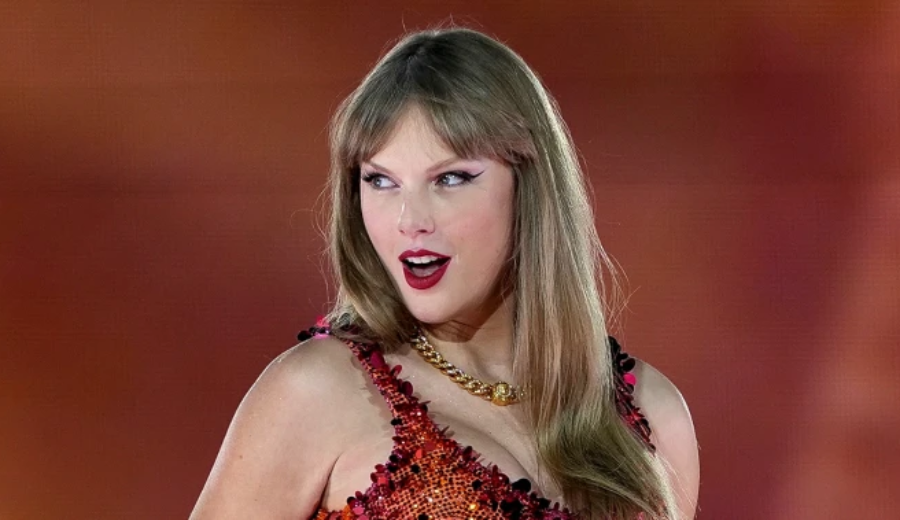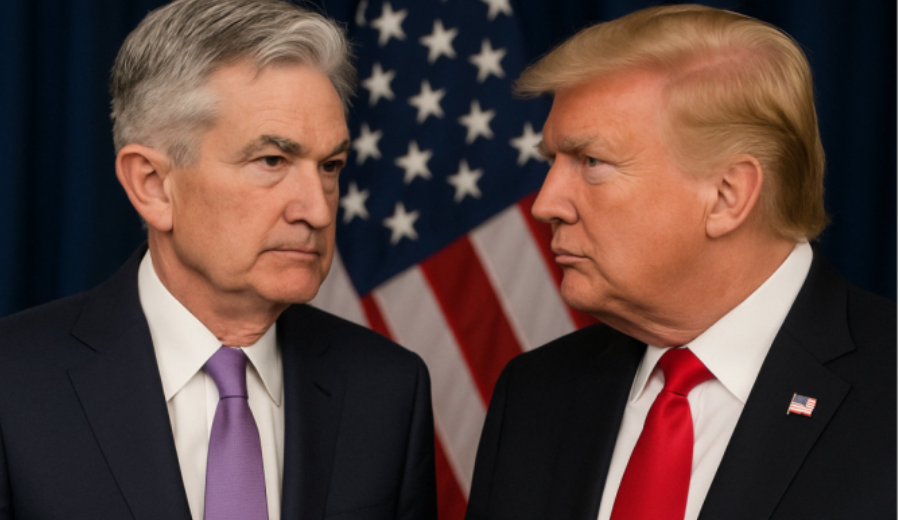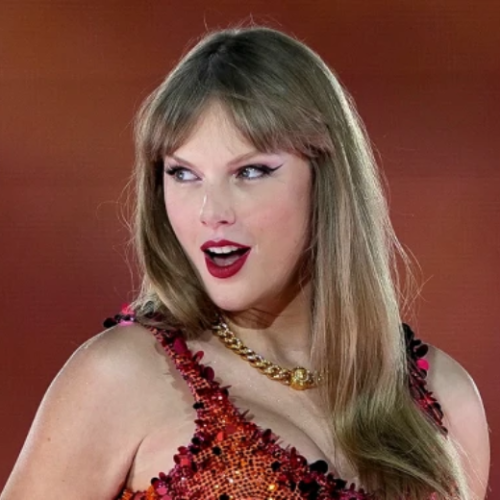In a move that underscores the delicate balance of power in today’s economy, the Federal Reserve has decided to maintain its benchmark interest rate within the range of 4.25% to 4.5%. This decision marks the third consecutive meeting without a change, reflecting the central bank’s cautious approach amidst a whirlwind of economic uncertainties.
A Strategic Pause in Uncertain Times
The Federal Open Market Committee (FOMC) voted unanimously to keep the federal funds rate unchanged, signaling a strategic pause. This decision comes as the Fed carefully navigates a mixed economic picture, where the labor market shows resilience while other indicators raise concerns.
Economic Indicators: A Mixed Bag
- Labor Market Strength: The economy added 177,000 jobs in April, a robust figure that highlights the labor market’s endurance.
- GDP Contraction: The first quarter saw a 0.3% decline in GDP, a reminder of the challenges facing economic growth.
- Inflation Trends: At 2.4%, inflation slightly exceeds the Fed’s 2% target, balancing the need for price stability with growth concerns.
Trade Policies and Historical Echoes
The recent implementation of broad tariffs, including a 10% levy on most imports and a 145% tax on Chinese goods, has introduced significant uncertainty. These measures evoke memories of 1930s trade policies, raising the specter of stagflation—a daunting combination of stagnant growth and high inflation.
Fed’s Cautious Stance: “Wait and See”
Chair Jerome Powell emphasized a cautious approach, acknowledging the risks posed by new tariffs while indicating that more data is needed to assess their full impact. The Fed’s “wait and see” mode reflects a commitment to monitoring the situation closely.
Market Reaction: A Positive Note
Following the announcement, U.S. stock markets responded favorably, with the Dow Jones Industrial Average rising by 0.7%, the S&P 500 increasing by 0.4%, and the Nasdaq Composite adding 0.3%. This positive movement suggests investor confidence in the Fed’s decision to hold rates steady amidst prevailing uncertainties.
Looking Ahead: The Road to Clarity
The Federal Reserve’s next steps will depend on how the economy responds to recent trade policies and other evolving factors. While some economists anticipate potential rate cuts later in the year, the Fed has signaled that any decisions will be data-dependent. The central bank remains committed to its dual mandate of promoting maximum employment and maintaining price stability.
As the economic landscape continues to evolve, one question looms large: How will the Fed’s strategic pauses and potential future moves shape the economy’s trajectory? The answer lies in the data, and the world watches with bated breath.
















